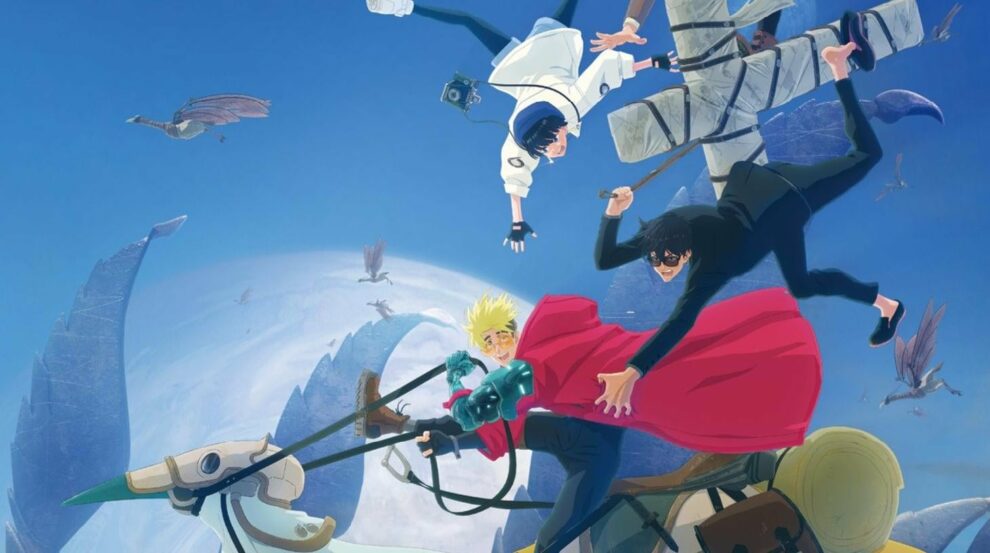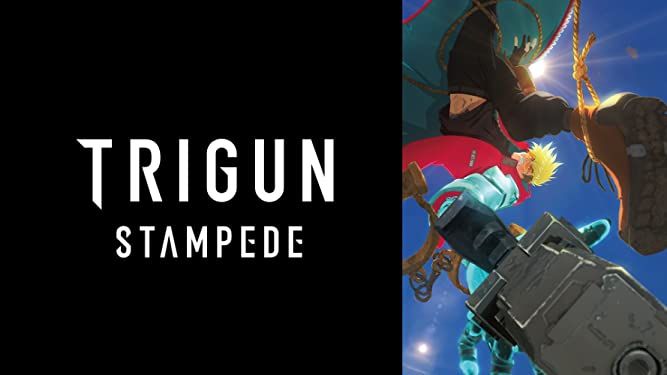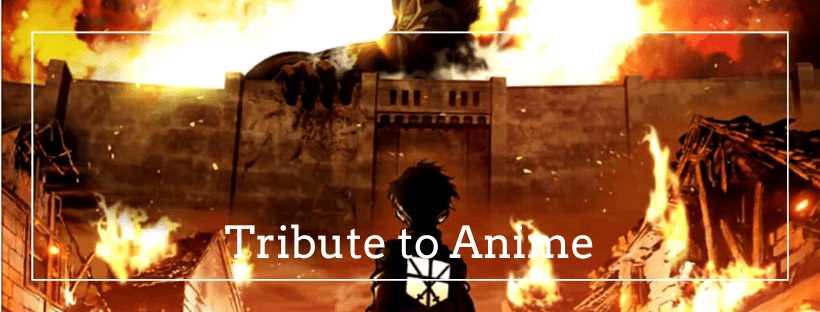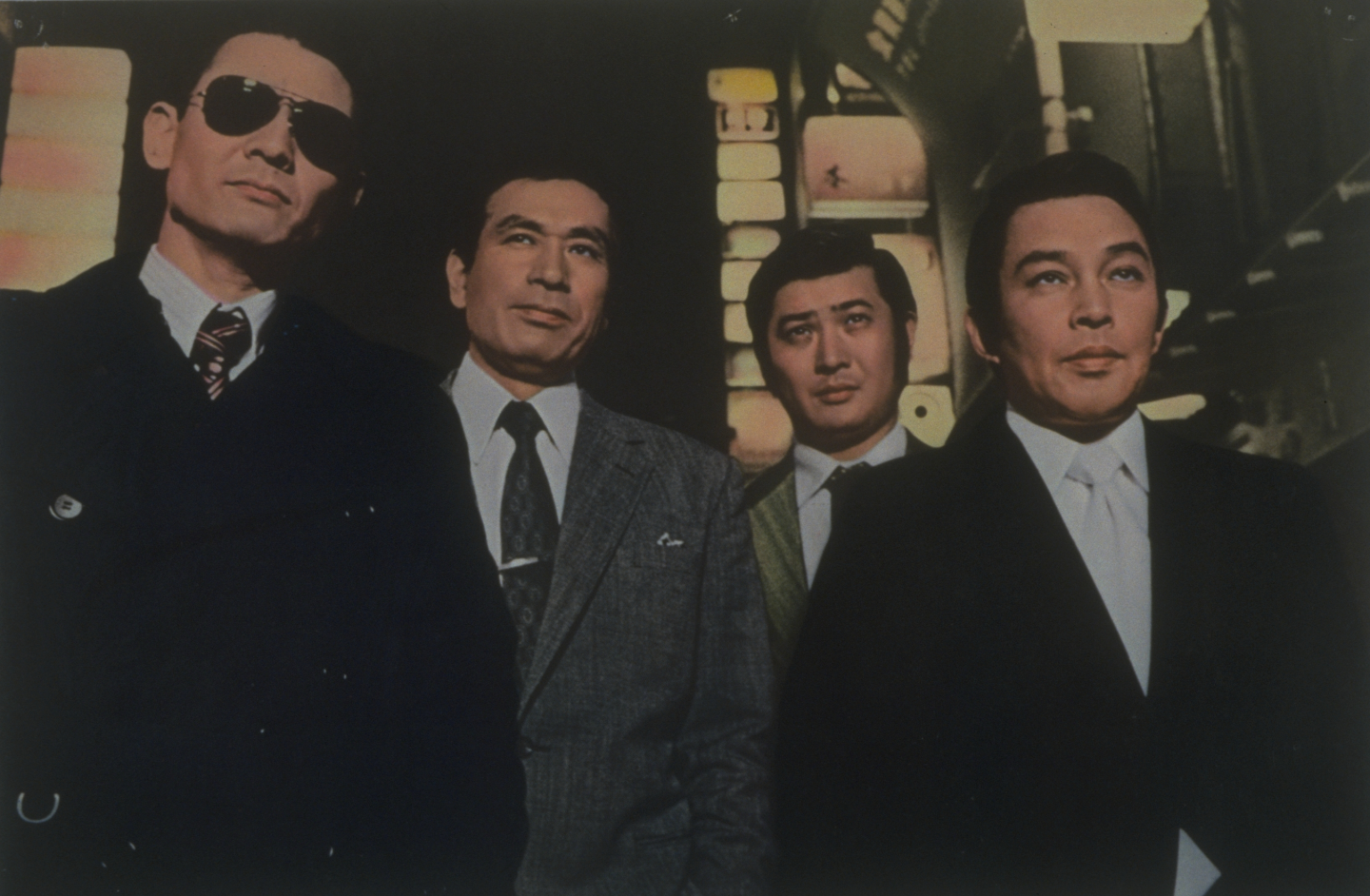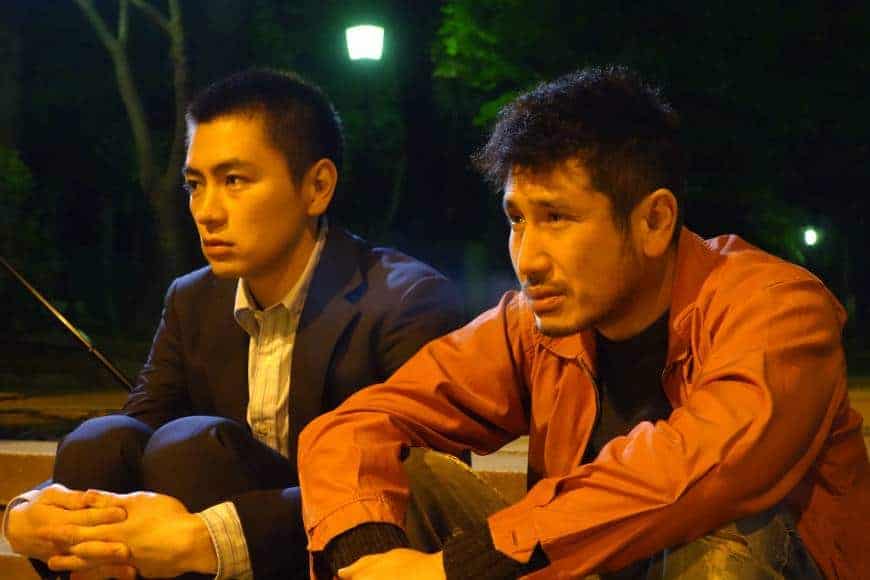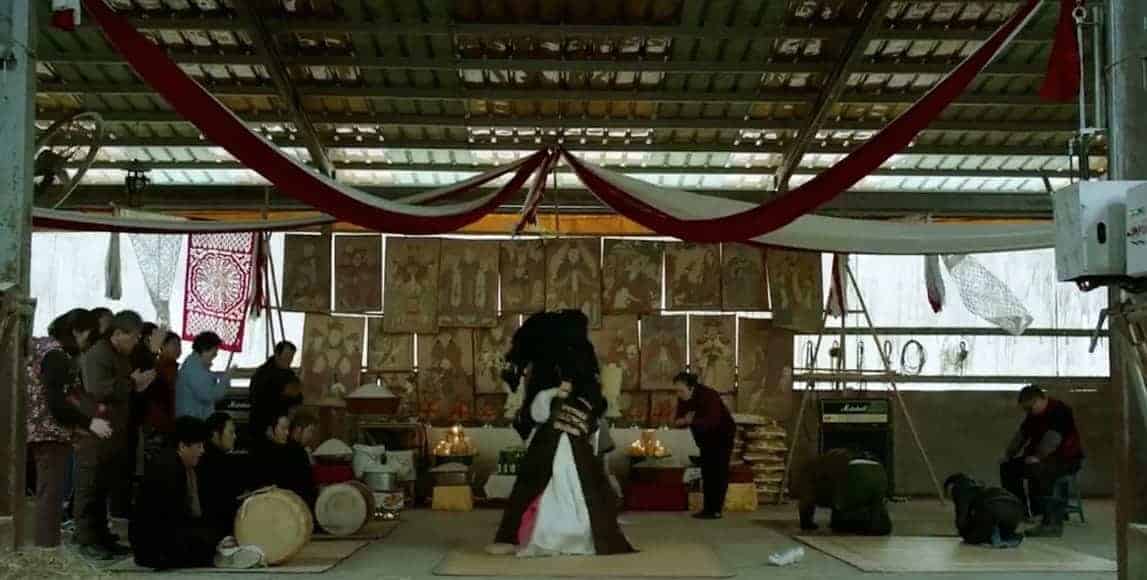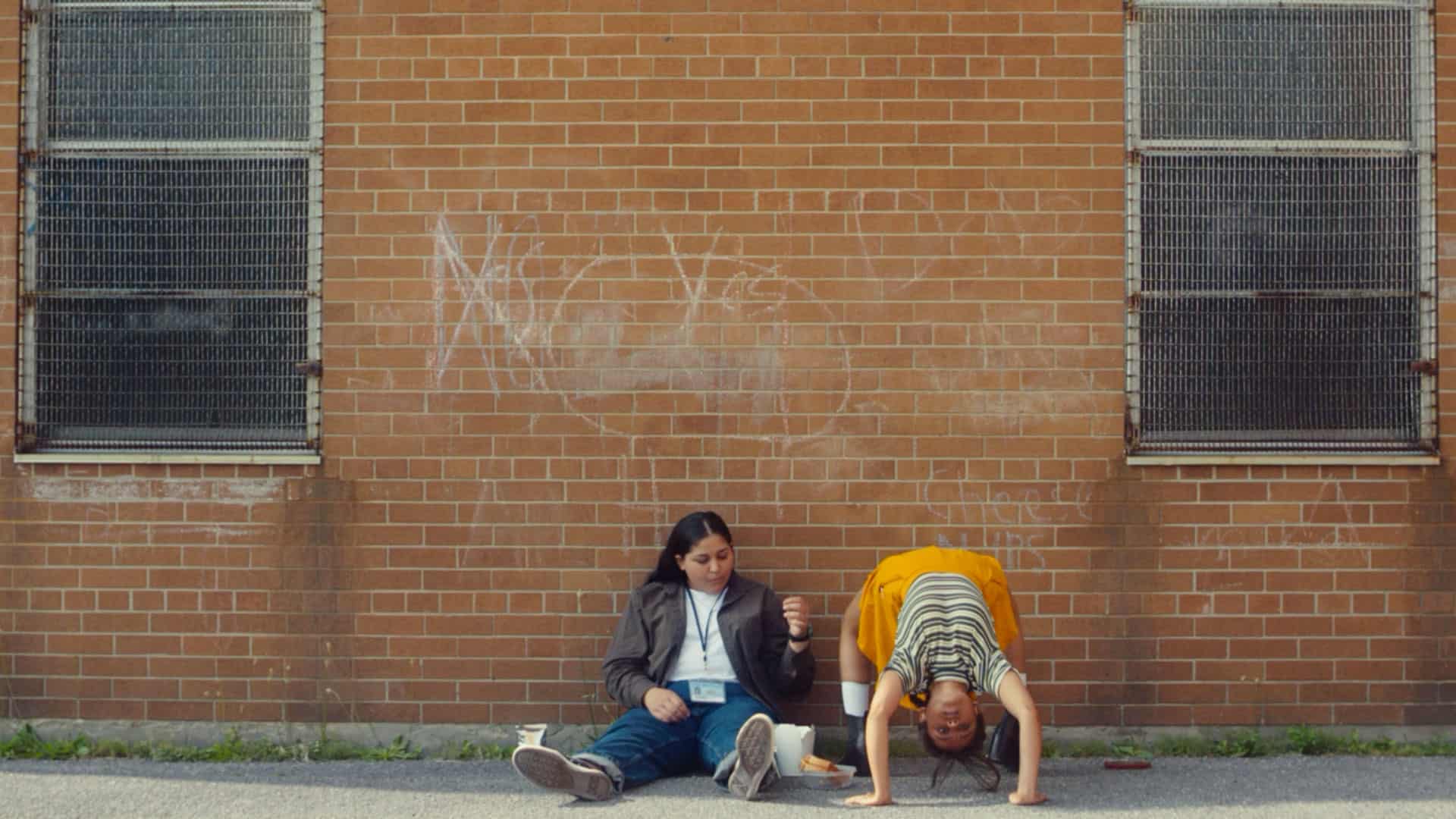Following in the footsteps of the original “Trigun”, a title which the creator of the manga series has described as ‘really excellent' is not exactly easy. Nevertheless, Toho producer Katsuhiro Takei decided to take on the task, coming up with a re-release of the series, which focuses, however, more on the past of Vash, and thus, essentially functions as a kind of prequel for the original series, although the story line does stray away from the canon.
Watch This Title on Crunchyroll
by clicking on the image below
In the far future, Earth has become uninhabitable, forcing humanity to evacuate in massive colony fleets to search for habitable planets. In order to sustain the fleets and the colonies they will eventually build, humanity also created plants, artificial organic lifeforms that can produce infinite, clean energy. In one colony fleet, two brothers named Vash and Nai are born with a special connection to plants and are cared for by a woman named Rem Saverem. However, the colony fleet's computer systems suddenly malfunction, causing the entire fleet to crash land on the arid planet of Noman's Land. Rem sacrifices herself to save Vash and Nai, but Vash is mortified to learn that Nai was responsible for the disaster, as he seeks to kill all humans for exploiting plants.
Many years later, the survivors of the colony fleet have built several cities on Noman's Land's surface, being totally dependent on plants to survive the hostile conditions. A now adult Vash wanders the desert aimlessly, having been branded a dangerous outlaw nicknamed “Vash the Stampede” or the “Humanoid Typhoon”, while Nai continues his schemes and has taken up the nickname “Millions Knives”. As Vash tries to find a way to peacefully resolve the differences between humans and plants, he runs into the investigative reporters Meryl Stryfe and Roberto De Niro, marking the starting point of a new adventure for the three of them. (From Wikipedia)
Let us get some things out of the way before we continue with the review. The anime is in 3DCG, which are probably some of the best we have seen in a series, but still remain on a much lower level than the traditional, hand-drawn style, particularly regarding the movement of the characters, who seem to float instead of flowing. Secondly, in this case actually, having watched the original series is a problem, since “Stampede” is essentially a different story based on the same characters. Thirdly, the new series is definitely worse than the first one, but still much better than other similar efforts as in the case of “Ghost in the Shell” for example. And now to the actual review.
The story unfolds in two axes that interchange, one taking place in the past and one in the present, with the series starting and ending with the latter essentially. In that fashion, and in a rather unusual approach for anime, the ‘villain of the week' aspect, with the trio stumbling upon new enemies and making new allies, takes up the middle episodes of the series, while the two axes are mixed together in the last episodes, where everything is finally explained. The approach works quite well actually, raising interest both for what will happen in the future and what happened in the past, and retaining it for the whole of the 12 episodes of the series.
Furthermore, the ecology comments about humanity destroying the planet and the techno-western/road movie aesthetics that form the basis of the narrative also provide a very entertaining mix, as much as the combination of buffoon-ness and drama that seem to characterize all the protagonists, but particularly Vash. Furthermore, the philosophical comments regarding human nature, family, friendship, how the past shapes the future, pacifism and violence, are all incorporated well enough within the story, adding depth to a rather intriguing narrative. Also of note is the fact that the majority of the characters are analyzed thoroughly, thus creating empathy for them, with Vash, Millions Knives and Nicholas D. Wolfwood (who remains the coolest in the franchise) being the ones that truly stand out.
The CGI by Studio Orange is among the best we have seen, and the job done in the faces of the characters, which is usually the main issue along with the movement, is much better than usual. However, the problem is that probably the worst designed character in the series is Vash, with his face appearing blunt and undetailed, in contrast to the rest of the protagonist and the various villains that appear throughout the series, who are quite well-drawn and overall, presented. As such, and despite the aforementioned, significant issue, the job done in character design by Akiko Sato, Kodai Watanabe, Soji Ninomiya, Takahiko Abiru, Tetsuro Moronuki and Yukihiko Amano is truly top notch. This excellence extends to the overall drawing, with the backgrounds being \impressive on occasion (the red butterflies close to the end for example and the lights inside the spaceship), and the same applying to the many vehicles that appear throughout the season.
The action is also on a very high level, fittingly violent and occasionally quite dramatic with the job done by Studio Orange being among the best aspects of the title. Particularly the battles between Vash and his brother, Vash and Wolfwood against Livio and the many sequences of mass destruction are a wonder to look at. Again, I have to stress though, that the animation in hand-drawn anime is still much better.
“Trigun Stampede” is definitely not as good as the masterful original, but I think that anyone who watches it will consider it much better than expected, with the CGI actually not being as much of an issue as one would anticipate.


